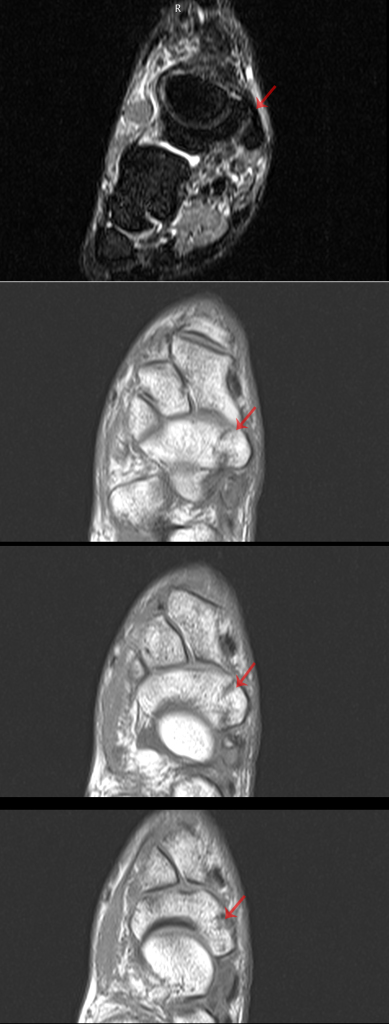

NAVICULAR STRESS FRACTURE SYMPTOMS FREE
If you have any questions please feel free to contact one of our offices located in Delaware and Westerville, OH. Engaging in any kind of activity which involves high impact will aggravate pain. It will often cause sharp or dull pain with swelling and tenderness. Pain from the fractures occur in the area of the fractures and can be constant or intermittent. Stress fractures occur frequently in individuals whose daily activities cause great impact on the feet and ankles. As with most stress fractures, the athlete will notice pain in the foot despite not having an initial injury to initiate the symptoms. Signs and symptoms of a navicular stress fracture. Stress fractures of the navicular occur in running and jumping athletes, such as basketball players. Pain can radiate into many different places in the foot including the 2nd and 3rd toes, the outside border of. This is a bone in the midfoot toward the inside of the foot. Navicular stress fractures to not behave as other lower limb stress fractures do. Pain normally radiates up the arch immediately after sprinting or jumping activities. Stress on the feet can cause cracks to form in the bones, thus creating stress fractures. Stress fractures of the navicular bone cause vague symptoms.
NAVICULAR STRESS FRACTURE SYMPTOMS FULL
Since there is no protection, the bones receive the full impact of each step. The feet and ankles then lose support when walking or running from the impact of the ground. Stress fractures occur in the foot and ankle when muscles in these areas weaken from too much or too little use. Our doctors can provide the care you need to keep your pain free and on your feet.ĭealing with Stress Fractures of the Foot and Ankle To learn more, contact one of our podiatrists from Central Ohio Comprehensive Foot Care.

If you believe that you are suffering a navicular stress fracture, it is suggested that you consult with a podiatrist for a proper diagnosis and treatment.Īctivities where too much pressure is put on the feet can cause stress fractures. Common risks for sustaining this particular stress fracture include an increase in sports training, low bone density, change of running shoes or training surface, poor nutrition, or an abnormal foot structure. Usually stress fractures are a result of repetitive forces to the foot, and they become an overuse injury. Due to the bone’s location, activities such as running or jumping can create risk for an injury to the bone, such as a stress fracture known as a navicular stress fracture. Torg and colleagues retrospectively reviewed 21 cases of navicular stress fracture and demonstrated that these stress fractures heal well with conservative treatment.11 Since routine radiographs failed to show the fracture, the interval between the onset of symptoms and diagnosis ranged from less than one month to 38 months (a mean of seven. When the fracture line is curvilinear it will. The tarsal navicular bone is one of the many small bones in the foot that sits on the inside of the foot and helps support the arch of the foot. Stress reaction of the navicular can be seen as bone marrow-like edema within the navicular on MR images.


 0 kommentar(er)
0 kommentar(er)
